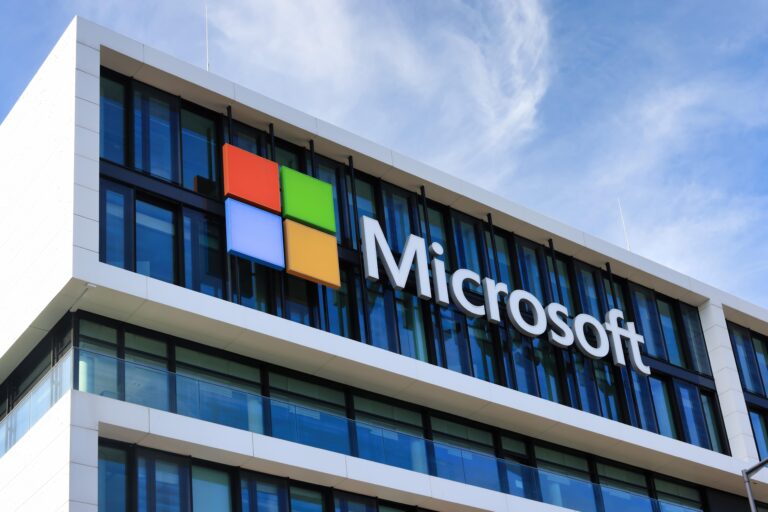A major shift is coming for millions of computer users. On Tuesday, 14 October, Microsoft will officially end support for Windows 10. After that date, the system will stop receiving essential security updates, leaving PCs more open to cyberattacks. Without regular patches, hackers will find it easier to exploit older machines. Microsoft is urging users to upgrade to Windows 11 for free, but many computers cannot meet the hardware requirements. Nathan Proctor, senior director at the US consumer group PIRG, warns that the move could harm consumers and the environment.
Millions still rely on Windows 10
Windows remains the world’s most used operating system. Microsoft says it powers over 1.4 billion devices globally. According to Statcounter, about 43% of them were still running Windows 10 in July 2025. In the UK, consumer group Which? estimates that 21 million people continue to use Windows 10. A survey by the group found that one in four users plan to keep using it even after support ends, while one in seven intend to buy a new computer.
Consumer advocates have criticised Microsoft’s decision, calling it wasteful and expensive. “People are tired of short-lived products that lose support too soon,” said Proctor. “We deserve technology that lasts,” he added.
What users can do now
Microsoft gives personal users two options. They can upgrade to Windows 11 or register for extended security updates (ESU) for another year. Both options are available in the “Privacy and Security” section of system settings. Users with compatible PCs can upgrade to Windows 11 for free. However, many will have to buy new hardware, even if their current computers still work fine.
For those unable or unwilling to upgrade, ESU provides crucial security patches until October 2026. The programme does not include technical support or new features. Users in the European Economic Area can register for free. Others can qualify by updating to the latest Windows 10 version, having a Microsoft account, and backing up their settings.
If users don’t meet these conditions, they must pay $30 (£22) or use 1,000 Microsoft Rewards points to access ESU. For businesses, the cost will be $61 per device, depending on location.
What changes after October
Since its launch in 2015, Windows 10 has received regular updates to improve security, performance, and stability. Microsoft now encourages users to switch to Windows 11, which demands newer hardware and a Microsoft account for full access. Even those using ESU must have a Microsoft account. Some users have raised privacy concerns about this rule.
Why staying on Windows 10 is risky
After support ends, Windows 10 computers will no longer get critical security updates. That will make them more vulnerable to malware, ransomware, and other online threats. Without updates, defences will weaken over time, increasing the risk of attacks.
Recent cyber incidents have hit retailers, car manufacturers, and childcare providers. Microsoft’s Chief Marketing Officer, Yusuf Mehdi, warns that companies using unsupported software could face compliance and security issues. Developers may also stop supporting Windows 10, causing apps to lose functionality.
For millions of users, time is running out. Upgrading ensures safety and reliability, while staying on Windows 10 could leave systems exposed to growing digital dangers.


